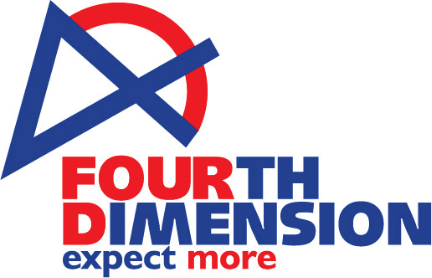How to optimize/reduce the cost IT infrastructure: key steps
Cloud Services
Introduction:
Previously, we have seen the key types of Optimizations namely On-premises, Cloud optimization and Hybrid optimization. All these optimization types involve four stages. They are:
- IT Infrastructure Audit
- Cloud Audit
- Planning
- Implementation
On-premises Infrastructure Audit:
An on-prem infrastructure audit is a critical part of the optimization, as it is essential to comprehend what the potential optimization outcomes could be. For example, suppose you have a perfectly functional on-premises system that you would like to shift to the cloud to reduce costs. But sometimes it could be the opposite. The expenses of maintaining your cloud infrastructure could turn out to be higher than you anticipated.
You must uncover compelling arguments for why you believe optimization is required when auditing.
You should also consider any possible consequences of the optimization. It's significant to consider how your optimized infrastructure might operate in the long run.
The key output from the IT Infra audit must cover the following aspects:
- Current State of IT Infrastructure – Diagrams, ITIL Process Docs, SOPs
- Infrastructure that needs immediate attention – To retire or migrate
- Recommendations on IT Operational Efficiency
When it comes to on-premises infrastructure audits, it is important to understand your
- Server farm
- business apps that are in production.
- Firewalls
- Network devices
- Monitoring software
Cloud assessment:
You must also be aware of the resources you have and how they are being used in a cloud audit. i.e., utilization vs. capacity. To audit your cloud infrastructure, you will need a strong team of cloud architects. If your data is on-premises, you need an expert team of administrators.
Once you complete the audit, you will understand that you need infrastructure optimization. That's where planning comes into play. Choose the optimization technique that works best for you.
Planning
Planning is vital as you have many options for optimizing your IT infrastructure.
Planning for on-site infrastructure improvement
Here are a few basic strategies to optimize on-premises infrastructure:
- Reducing the number of machines
- Decreasing the memory size
- By grouping two or more services into clusters.
Planning for optimizing cloud infrastructure
Pay-as-you-go Cloud computing is gaining popularity as the need for computing resources rises. According to this method, charges will be calculated based on usage of cloud resources.
As an example, you could set up a system with five computers and 10 applications running on them. With this model, you can reduce the hosting costs, and there won't be any issues if a computer malfunctions.
Cloud Cost Optimization Best Practices:
- Find Unused or Unattached Resources
- Identify and Consolidate Idle Resources
- Utilize Heat Maps
- Right Size Computing Services
- Invest in Reserved Instances to get significant discounts
- Take Advantage of Spot Instances
- Consider Multi-Cloud vs. Single Cloud
First, you should understand which approach will reap in the most benefits to you and then plan to implement it. If you believe that something needs to be updated or rewritten, you should join hands with development team as the first step.
When you have a clear understanding and vision of how the optimization process will look, then continue to the implementation stage.
Implementation of On-premises optimization:
Most of the time, experts just reduce the number of machines in a data center when it comes to on-premises infrastructure optimization.
Cloud optimization:
There are six primary methods for moving data to the cloud.
They are:
- Re-host
- Re-platform
- Modernize
- Rewrite
- Drop and shop
- Retain
Re-hosting: The simplest method is re-hosting because it involves the least amount of time and coding effort. But in the long run, this approach doesn't provide better scalability and performance possibilities.
Re-platforming: Re-platforming is a modification of the lift and shift approach. It entails making certain more landscape improvements, such as switching to fully managed services.
Modernizing: In some ways, modernizing is similar to re-platforming, with the exception that some components may be improved or updated after or before the migration. As a result, extra coding work is needed.
Rewriting: Rewriting is a difficult transformation process that entails the breakdown of monolithic applications into smaller microservices.
Drop and Shop: If there is a low return on investment for moving a traditional application to the cloud, drop and shop is the best course of action. In this situation, it is preferable to buy pre-made solutions that will give you the performance and scalability opportunities you need.
Retaining: As there is no requirement for movement, retaining is a passive strategy. Applications are kept in their current state.
You must carefully examine the application portfolio before deciding on the appropriate application transformation strategy. You must determine whether a straightforward port is feasible or whether the program needs minor improvement both before and after migration.
In rare circumstances, a total redesign is required. If none of the approaches appeals to you, you will have to replace your current app with SaaS cloud services.
